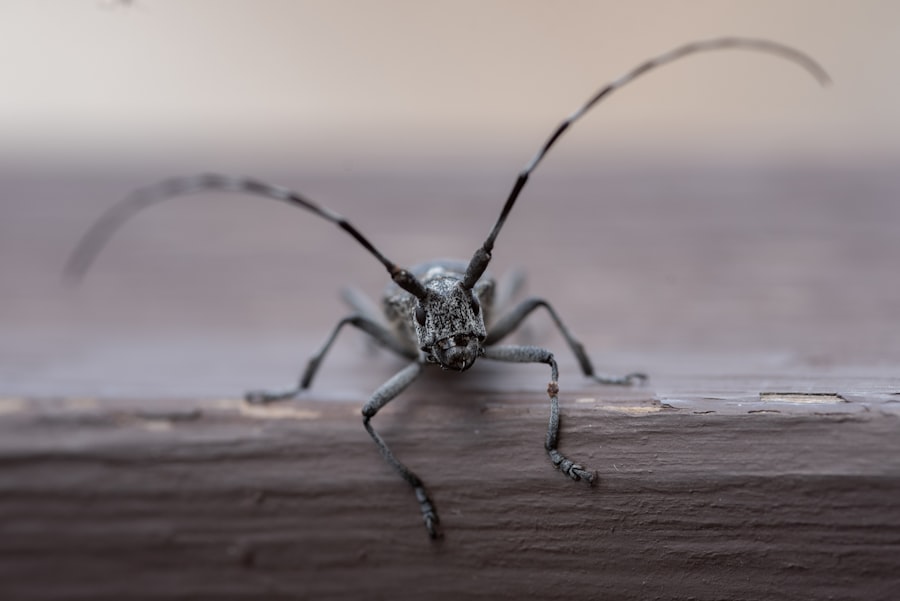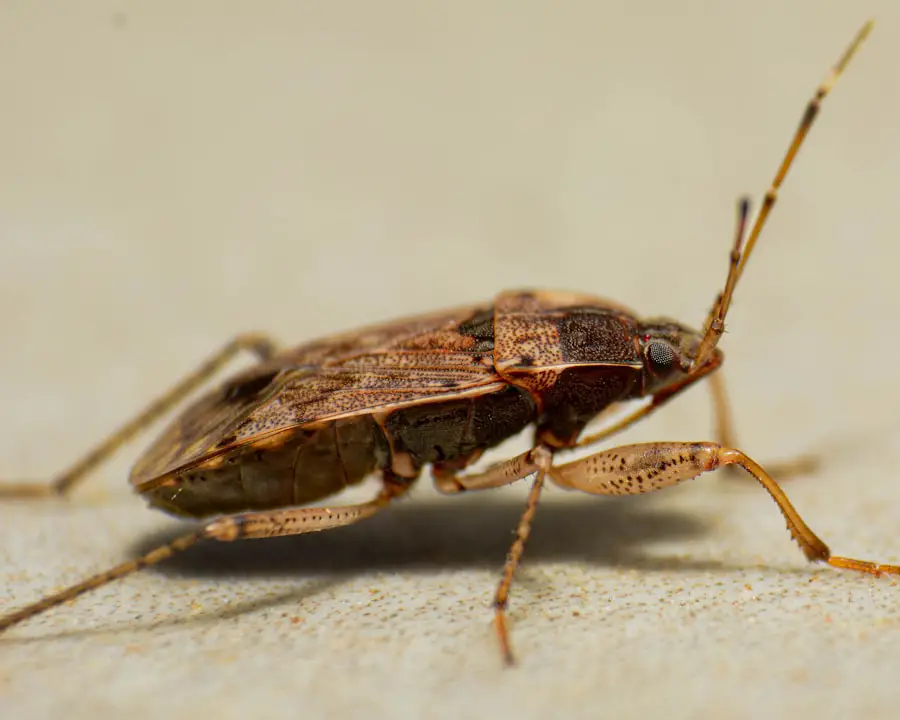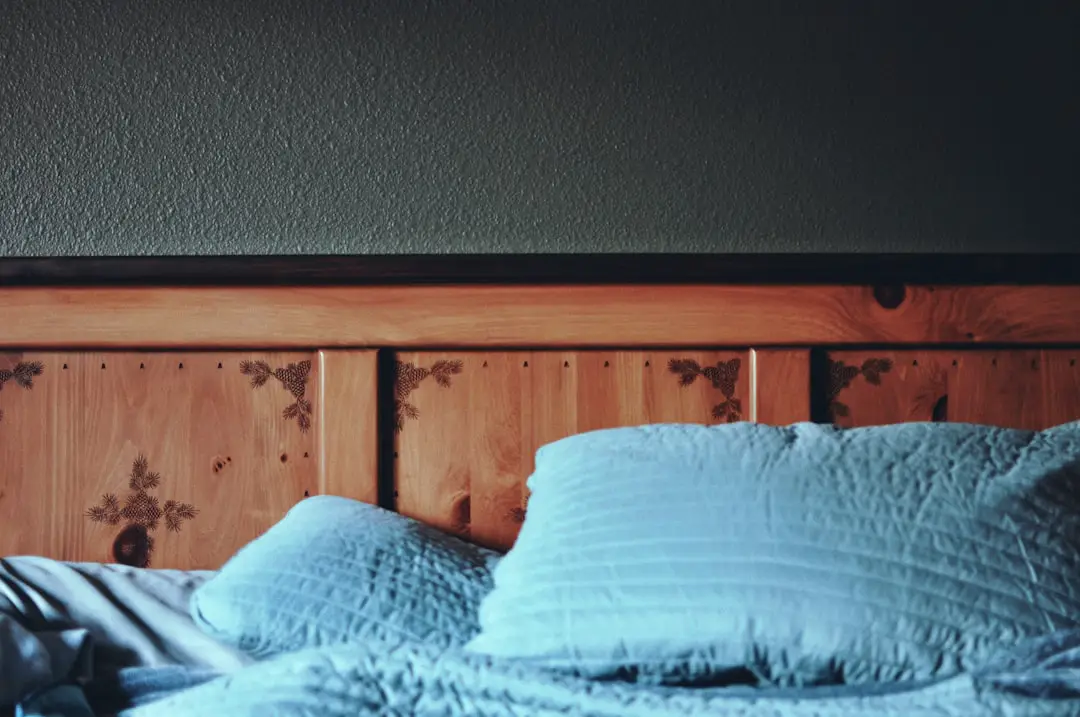Bed bugs, scientifically known as Cimex lectularius, are small, nocturnal insects that feed on the blood of humans and animals. Recognizing the signs of a bed bug infestation is crucial for early detection and effective management. One of the most common indicators of their presence is the appearance of small, reddish-brown spots on bedding or furniture, which are often the result of bed bug excrement.
These stains can be mistaken for rust or other types of stains, but their presence is a clear signal that bed bugs may be nearby. Additionally, individuals may notice small, itchy welts on their skin after waking up, which are typically the result of bed bug bites. These bites often appear in clusters or lines, as bed bugs tend to feed in a linear fashion.
Another sign to look for is the presence of shed exoskeletons. As bed bugs grow, they molt several times, leaving behind their discarded skins. These exoskeletons can often be found in the crevices of mattresses, furniture seams, or even along baseboards.
Furthermore, a musty odor may accompany a significant infestation; this scent is produced by pheromones released by the bugs. Understanding these signs is essential for anyone who travels frequently or stays in hotels, as it allows for prompt action to be taken before the problem escalates.
Key Takeaways
- Look for small, reddish-brown bugs, dark spots on bedding, and a sweet, musty odor to identify bed bugs
- Inspect the seams, folds, and crevices of the mattress and bedding for signs of bed bugs
- Check the seams, cushions, and underneath furniture for bed bug activity
- Examine the walls, wallpaper, and baseboards for live bugs, shed skins, and fecal spots
- Investigate luggage storage areas for signs of bed bugs, such as eggs and shed skins
- Search for bed bugs in the bathroom, particularly around the baseboards and behind the toilet
- Report any bed bug findings to hotel staff immediately to address the issue
- Take preventative measures such as using luggage liners and inspecting hotel rooms before unpacking for future travels
Inspecting the bedding and mattress
When it comes to inspecting for bed bugs, the bedding and mattress should be your first focus. Begin by stripping the bed of all linens and thoroughly examining the mattress itself. Pay close attention to seams, folds, and any tags attached to the mattress, as these areas are prime hiding spots for bed bugs.
Use a flashlight to illuminate dark corners and crevices where these pests might be lurking. Look for live bugs, which are about the size of an apple seed, as well as any signs of their presence such as fecal stains or shed skins. In addition to the mattress, it is equally important to inspect the box spring.
Bed bugs often hide in the cracks and crevices of box springs, making it a critical area to check. If possible, lift the box spring to examine its underside as well. After inspecting the mattress and box spring, don’t forget to check the bedding itself.
Wash all linens in hot water and dry them on high heat to kill any potential bed bugs or eggs that may have made their way onto your sheets or pillowcases. This thorough inspection process is vital in ensuring that you do not inadvertently bring bed bugs home with you.
Checking the furniture and upholstery

Once you have completed your inspection of the bedding and mattress, it is time to turn your attention to other areas of the room, particularly furniture and upholstery. Bed bugs are not limited to just beds; they can also inhabit couches, chairs, and other upholstered items. Start by examining any upholstered furniture for signs of bed bugs.
Look closely at seams, cushions, and under cushions where they may hide. If you notice any dark spots or small blood stains on the fabric, this could indicate an infestation. In addition to upholstered furniture, wooden furniture should also be inspected thoroughly.
Bed bugs can hide in tiny cracks and crevices in wooden furniture pieces such as nightstands or dressers. Use a flashlight to illuminate these areas and look for any signs of bed bug activity. If you find evidence of bed bugs in furniture, it may be necessary to treat these items with appropriate insecticides or consider professional pest control services to ensure complete eradication.
Examining the walls and baseboards
| Area | Measurement | Condition |
|---|---|---|
| Walls | Length | Good |
| Baseboards | Height | Fair |
The walls and baseboards of a room can also serve as hiding places for bed bugs.
Begin your examination by inspecting the baseboards around the room.
Look for any signs of bed bug activity such as dark spots or shed skins that may have accumulated in these areas.
In addition to baseboards, check behind wall hangings such as pictures or mirrors.
Bed bugs can easily hide behind these items when they are not feeding. If you notice any signs of infestation on the walls or baseboards, it is crucial to take immediate action to address the problem. This may involve cleaning these areas thoroughly or seeking professional pest control assistance to ensure that all potential hiding spots are treated effectively.
Investigating the luggage storage area
When traveling, one of the most critical areas to inspect is your luggage storage area. Bed bugs are notorious hitchhikers and can easily latch onto luggage when it is placed on infested surfaces such as hotel beds or carpets. Before unpacking your belongings, take a moment to examine your luggage for any signs of bed bugs.
Check seams, pockets, and zippers where these pests might hide during transit. If you discover any evidence of bed bugs in your luggage, it is essential to take immediate action. Avoid placing your luggage on beds or upholstered furniture in your hotel room; instead, keep it on a hard surface such as a table or luggage rack that is less likely to harbor these pests.
Additionally, consider using protective luggage covers designed to prevent bed bugs from entering your bags during travel. This proactive approach can significantly reduce the risk of bringing bed bugs home with you after your trip.
Searching for bed bugs in the bathroom

While bathrooms may seem like an unlikely place for bed bugs to reside, it is still important to conduct a thorough inspection in this area as well. Bed bugs can travel through plumbing systems and may find their way into bathrooms from adjacent rooms. Start by checking any cabinets or storage areas where towels or toiletries are kept.
Look for signs of bed bug activity such as fecal stains or shed skins.
Additionally, inspect any items that may have been left on countertops or shelves for extended periods. Items like bathrobes or towels can inadvertently become hosts for bed bugs if they come into contact with infested surfaces.If you find any evidence of bed bugs in the bathroom, take immediate action by removing affected items and washing them thoroughly in hot water. This will help prevent any potential spread of infestation throughout your living space.
Reporting any findings to hotel staff
If you discover signs of bed bugs during your inspection, it is crucial to report your findings to hotel staff immediately. Most reputable hotels take pest control seriously and will have protocols in place for addressing infestations promptly. When reporting your findings, be specific about where you found evidence of bed bugs and provide details about what you observed.
In many cases, hotel staff will offer you a different room that has been thoroughly inspected and treated for pests. It is essential to remain calm and polite when discussing your concerns with hotel management; they are more likely to respond positively if approached respectfully. Additionally, documenting your findings with photographs can be helpful if further action is needed later on.
Taking preventative measures for future travels
To minimize the risk of encountering bed bugs during future travels, there are several preventative measures you can take before checking into a hotel or other accommodations. First and foremost, always conduct a thorough inspection upon arrival at your lodging before unpacking your belongings. Familiarize yourself with the signs of bed bug infestations so that you can quickly identify any potential issues.
Another effective strategy is to use protective covers for your luggage and personal items while traveling. These covers can help prevent bed bugs from hitching a ride back home with you after your trip. Additionally, consider keeping your luggage elevated off the floor on luggage racks or tables rather than placing it directly on beds or carpets where bed bugs are more likely to be found.
Finally, when returning home from a trip, take precautions with your clothing and belongings before bringing them inside your living space. Washing clothes in hot water and drying them on high heat can effectively kill any potential bed bugs that may have made their way into your luggage during travel. By implementing these preventative measures, you can significantly reduce your risk of encountering bed bugs during future travels and protect yourself from potential infestations at home.
If you are planning a trip and staying in a hotel, it is important to know how to check for bed bugs to ensure a comfortable stay. One helpful article on this topic can be found at TakeTravelInfo. By following the tips provided in the article, you can learn how to inspect your hotel room for signs of bed bugs and take necessary precautions to avoid bringing them home with you. In addition to being vigilant about bed bugs, it is also essential to have the right gear for your travels, such as the best carry-on luggage for international travel or the best ultralight tent for backpacking, which you can find more information about on TakeTravelInfo.
FAQs
What are bed bugs?
Bed bugs are small, reddish-brown insects that feed on the blood of humans and animals. They are typically found in bedding, mattresses, and furniture.
How can I check for bed bugs in a hotel room?
To check for bed bugs in a hotel room, start by inspecting the mattress, box spring, and headboard for any signs of bed bug activity, such as live bugs, shed skins, or dark spots. You can also use a flashlight to look for bed bugs in cracks and crevices around the bed and furniture.
What are the signs of a bed bug infestation in a hotel room?
Signs of a bed bug infestation in a hotel room include small red or brown spots on bedding, a musty odor, and small red bites on your skin. You may also see live bed bugs or their shed skins in the seams of the mattress and furniture.
What should I do if I find bed bugs in my hotel room?
If you find bed bugs in your hotel room, notify the hotel staff immediately and request a different room. You should also consider contacting the hotel management and asking for a refund or compensation for the inconvenience.
Can I prevent bringing bed bugs home from a hotel?
To prevent bringing bed bugs home from a hotel, inspect your luggage and belongings before leaving the hotel room. You can also wash and dry your clothes on high heat when you return home to kill any potential bed bugs.
